We almost overslept this morning. I usually wake up around 6 and so I didn’t set an alarm. I woke up and figured it was maybe 5 in the morning.
7 O’CLOCK!!!! Holy smokes! I quickly woke up Allan and we took quick showers and ran down for breakfast because we had to be ready for our walking tour with Jonatan as well as a local guide.
Our local guide was very knowledgeable and gave us an interesting capsule of the history of Santiago and Chile.
Chile us the longest country in the world as well as the southernmost. It is the closest country to Antarctica. Spain colonized the region in the mid 16th century and Chile gained its independence from Spain in 1818. During the 1960s and 1970s, the country was marked by left-right politics and the end result was a coup d’etat that overthrew Salvatore Allende’s government. What followed was a 16 year right wing military dictatorship under Augusto Pinochet and several political and economic reforms, and resulted in more than 3,000 deaths and disappearances. That regime ended in 1990, and was succeeded by a center left coalition that ruled untill 2010. Today, Chile’s government is a representative Democratic republic with a president serving as both head of state and head of government.
There are “pressure groups” in Chile, mainly trade unions, student federations at all major universities, and the Roman Catholic church.
We visited a beautiful church, Inglesia de San Francisco, that is the oldest building in Santiago and has stood through about 15 earthquakes of a magnitude of over 7.
Then we went to the Government Palace and stood and listened as our guide gave the history of Allende’s government and we were joined by a local man who just happened to be walking by and he added to the discussion as he had once worked at the government offices.
After our tour, we went to Cousiño-Macul winery, founded in 1856 and is the only 19th century winery in Chile that remains in the hands of the original founding family. All Cousiño-Macul reserve wines are estate grown, vinted and bottled.
Isidora Goyenechea owned and managed coal mines, silver mines, and the vineyard in the late 1800’s. She was an industrialist and one of the richest people in the world at the time. She was innovative, particularly with the changes she made in the winery to make life easier for the workers. Instead of having them carry baskets heavily laden with grapes, she devised a rail system from the vineyard to the winery so that the grapes could be transported without breaking the backs of the grape pickers.
We toured the winery and saw the original wooden barrels that stored the wine up until 1989. Now the grapes are pressed and then placed in stainless steel vats. We saw where barrels of wine were ruined because the room that was meant to store the wine became plagued with mold which eventually went into the barrels, so the wine was ruined. We went down into the dark cellar and saw hundreds of bottles of wine aging, and each one has to be turned by hand and rotated so the wine sediment doesn’t collect inside the bottle. (But actually I have read that you shouldn’t rotate bottles of wine because it mixes the sediment into the wine. Who knows what’s correct.).
The wines were nice, and they seemed to save the better bottles till last, so we did enjoy them more as we went along. At the end of the tour they served a charcuterie board with meats and cheeses that we also enjoyed. Allan and I bought a bottle of the better wine to take with us to enjoy on Easter Island. The bottle cost about $20.
We then all went for lunch at a local restaurant. I had the pisco and Allan had a juice made from a local fruit. We enjoyed a delicious salad and then we both had a local fish which was tender and delicious.
We went back to our hotel and hurray… Our luggage had been delivered. We were anxious to organize our belongings before we left for Easter Island, but alas, we couldn’t open them because the airport had put zip ties on them. We needed a scissors and…. Wait for it… Our scissors were in the zip tied luggage.
Not wanting to waste the afternoon tracking down a scissors, we left the hotel and walked a little over a mile to take the cable car. Our new friend Barbara accompanied us since she knew the way because she had been there already, and she graciously walked with us to show us the way.
The ride was very nice and we actually were able to see the mountains. Most times at this time of year, the mountains are surrounded by smog and cannot be seen so we were very lucky.
There was a family in our cable car and the little boy was terrified and got more terrified the higher we climbed. I patted his shoulder and he kind of got very close to me and then at one point, he put his little hand on my thigh. He was so adorable. I told the father, (in Spanish I might add), that I had four boys. The older boy was also very sweet and was very interested in what I had to say. I told them that they were a lovely family. At the end of the ride we said adios and the boys kept looking back and waving to me as they walked away. So sweet.
We walked back to the hotel and it was pretty hot so we were happy to get back and deal with the luggage. We asked the consierge for scissors and one of the bell hops accompanied us to our room and cut the zip ties for us.
We didn’t have much time because we had to be downstairs to hear a local woman’s talk on how she and her family survived the uprising in Chile in the 70’s and 80’s. She told how her father was a professor and was a socialist. He was arrested and was fortunate to escape torture. It was an amazing story she told and I was surprised and a bit embarrassed that I didn’t know anything about what was happening in Chile at that time.
After the lecture, our friend joined us for a quick dinner at a local restaurant. Allan and I had the salmon salad and it was delicious.
Then back to the hotel to organize the luggage and get to bed. We have to be out of the hotel a little after 6 am to make our five hour flight to Easter Island.
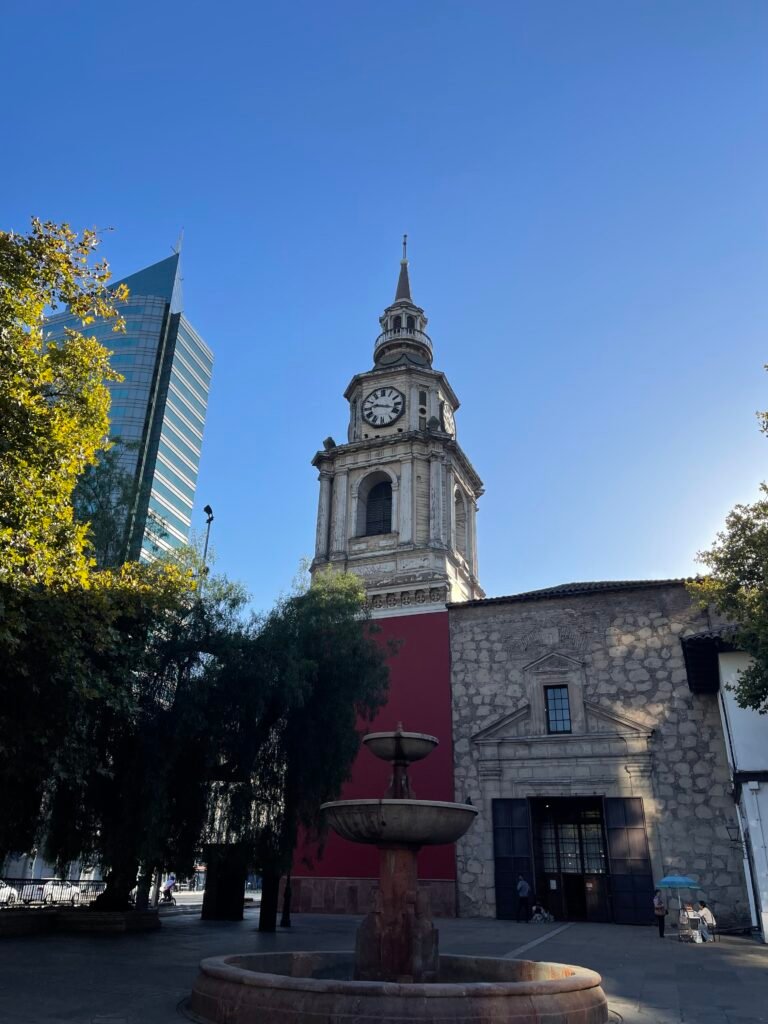
Santiago
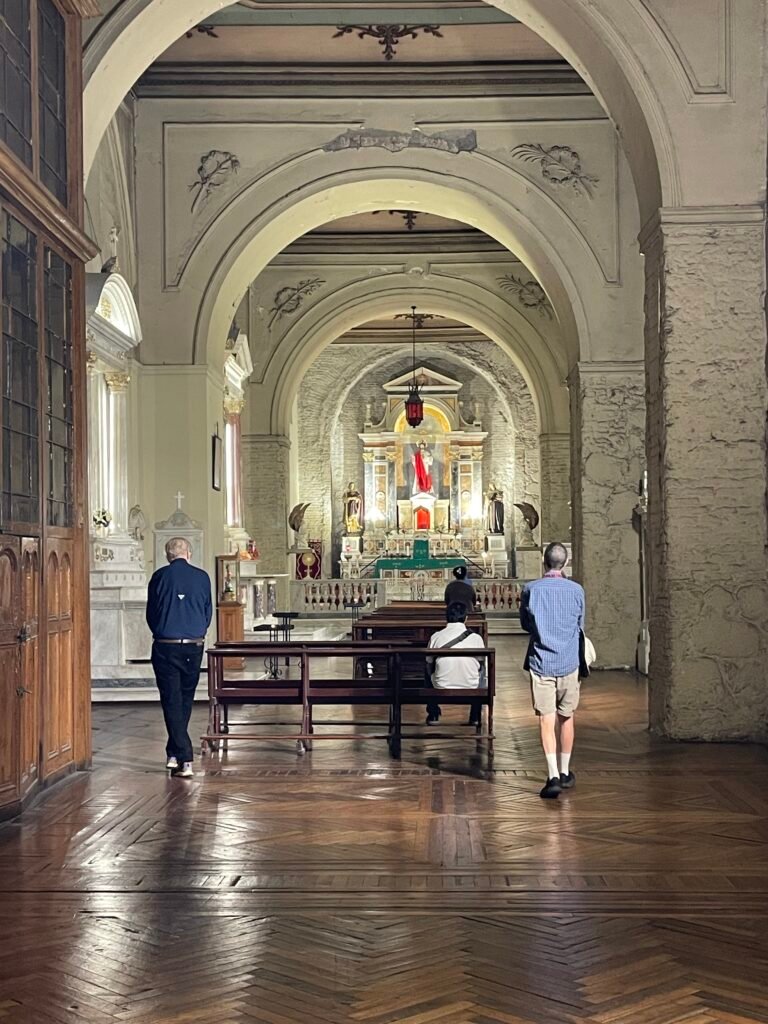
Church of San Francisco
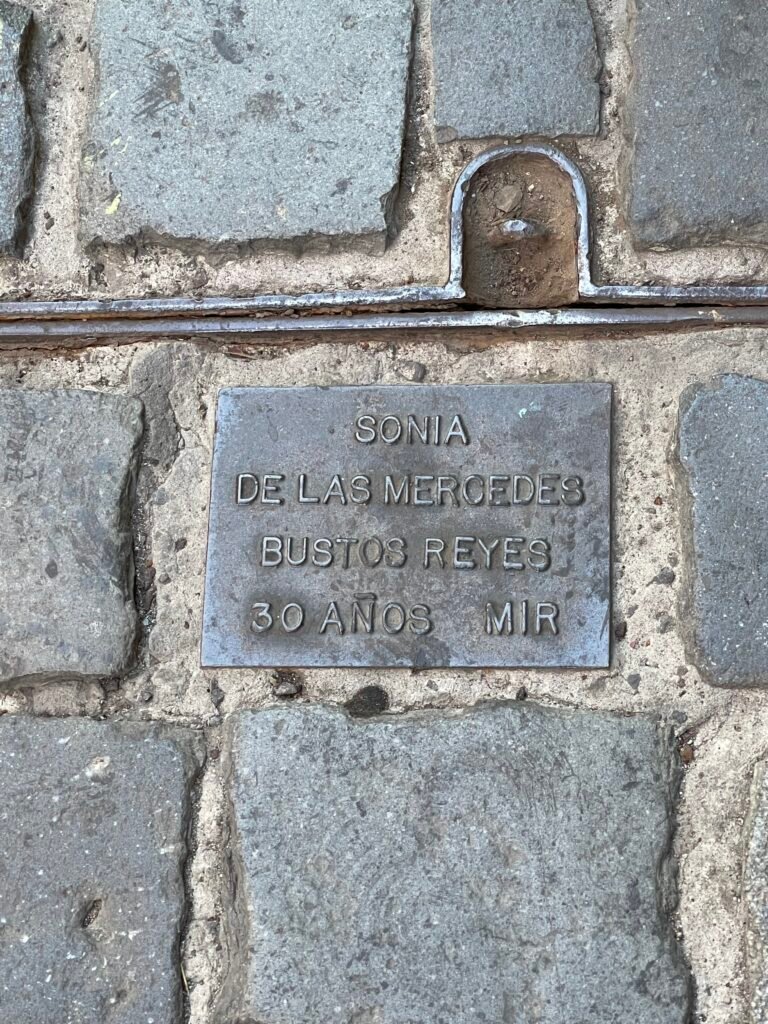
Under the Pinochet dictatorship, people were dragged from their homes in the dead of night. These metal times were imbedded in the sidewalk and have the names and ages of the people who perished.
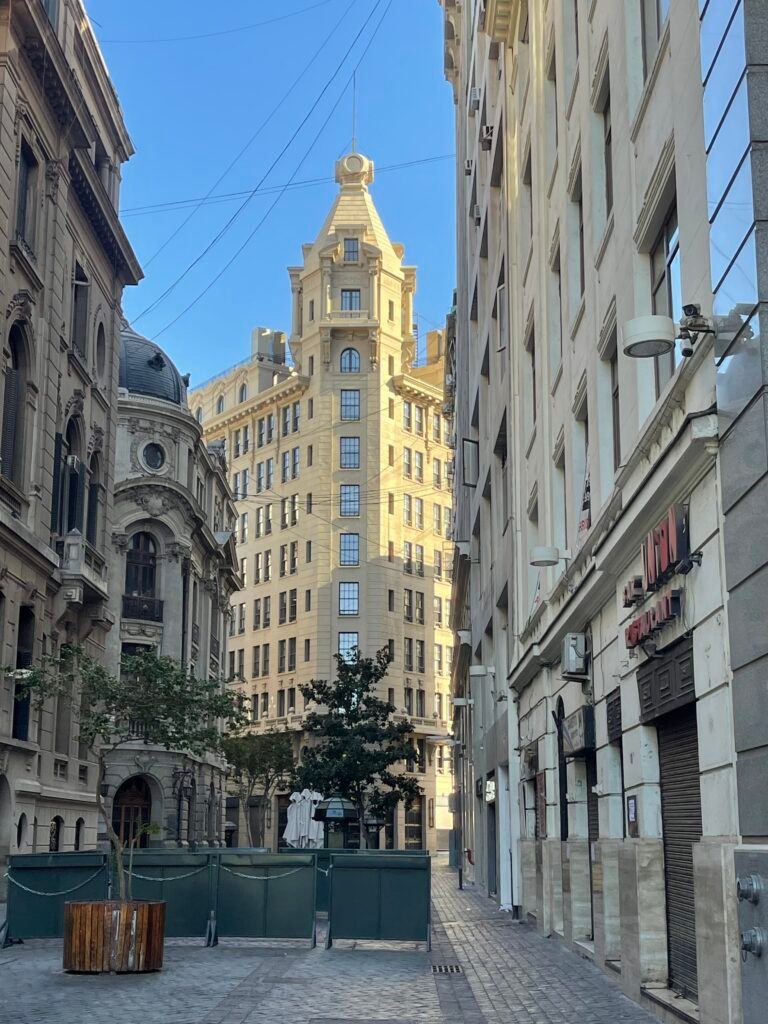
Flat iron building similar to the one in NYC.
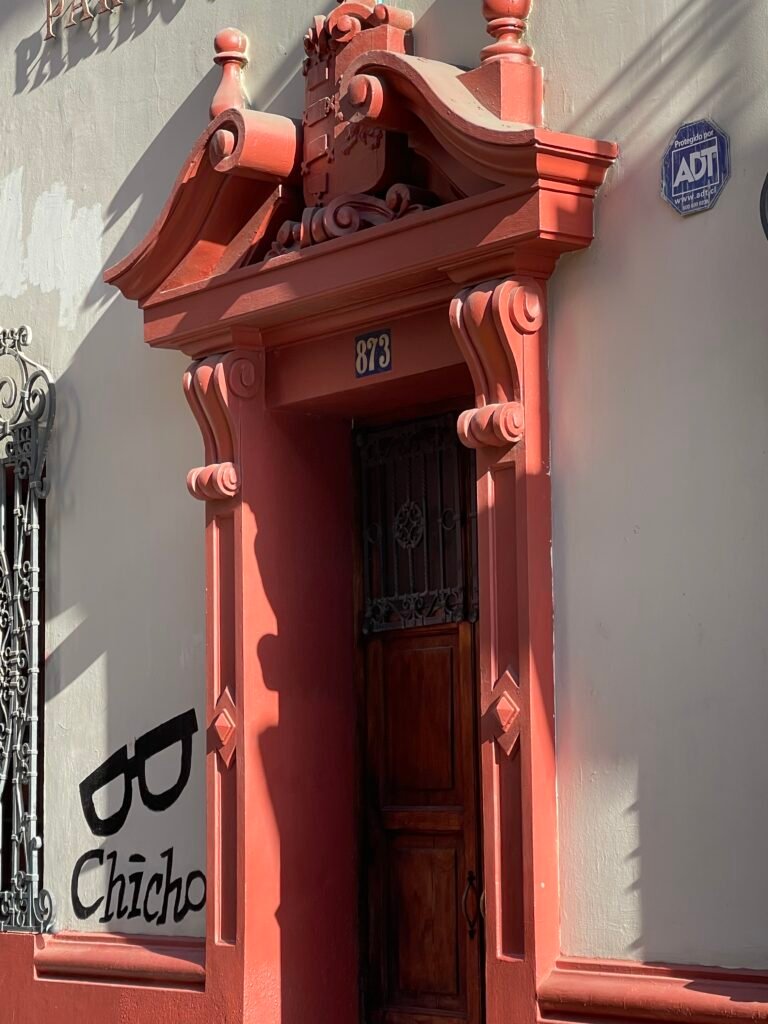

The bystander that joined in the talk with the guide.
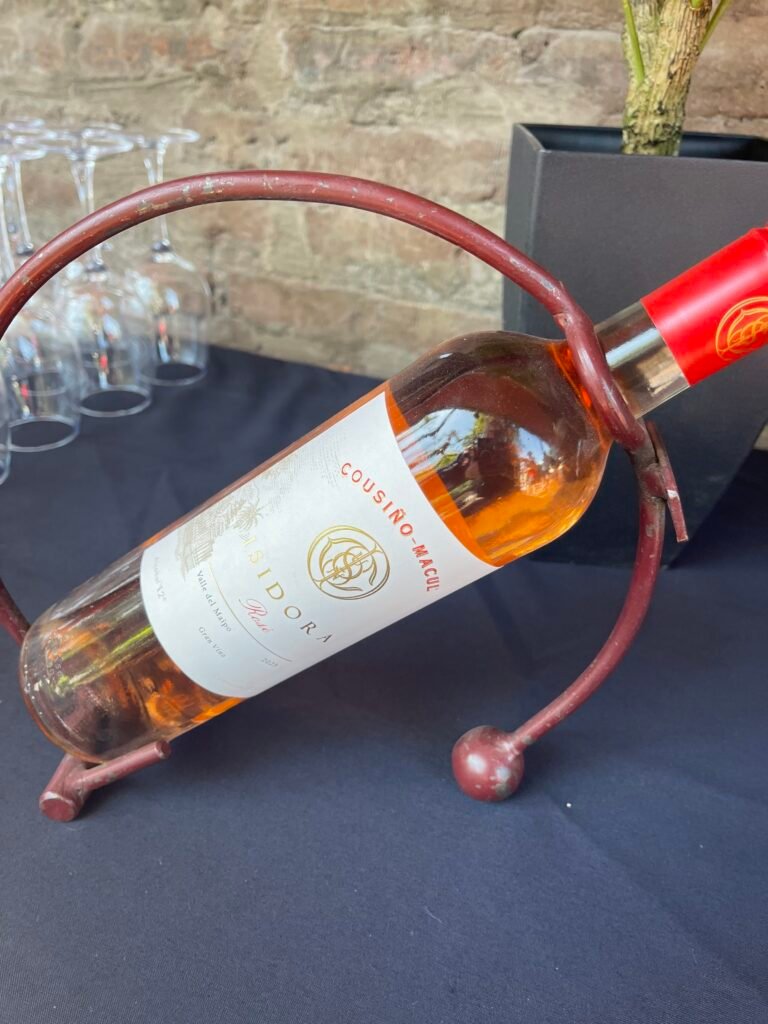
The first wine we tasted
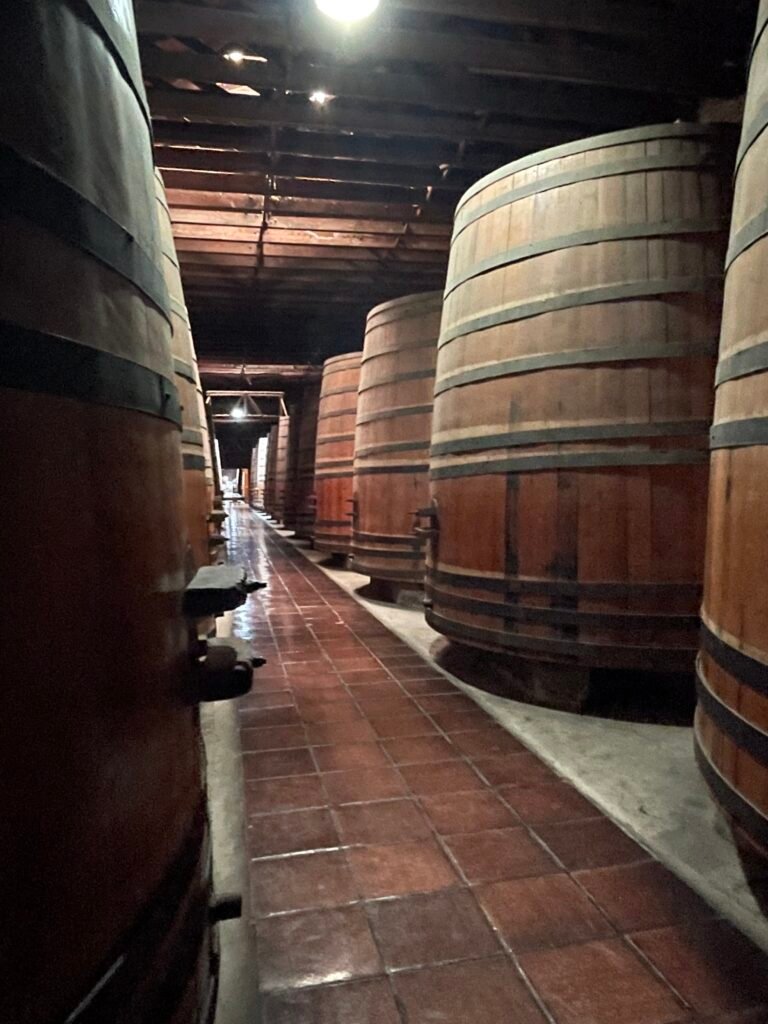
The original barrels
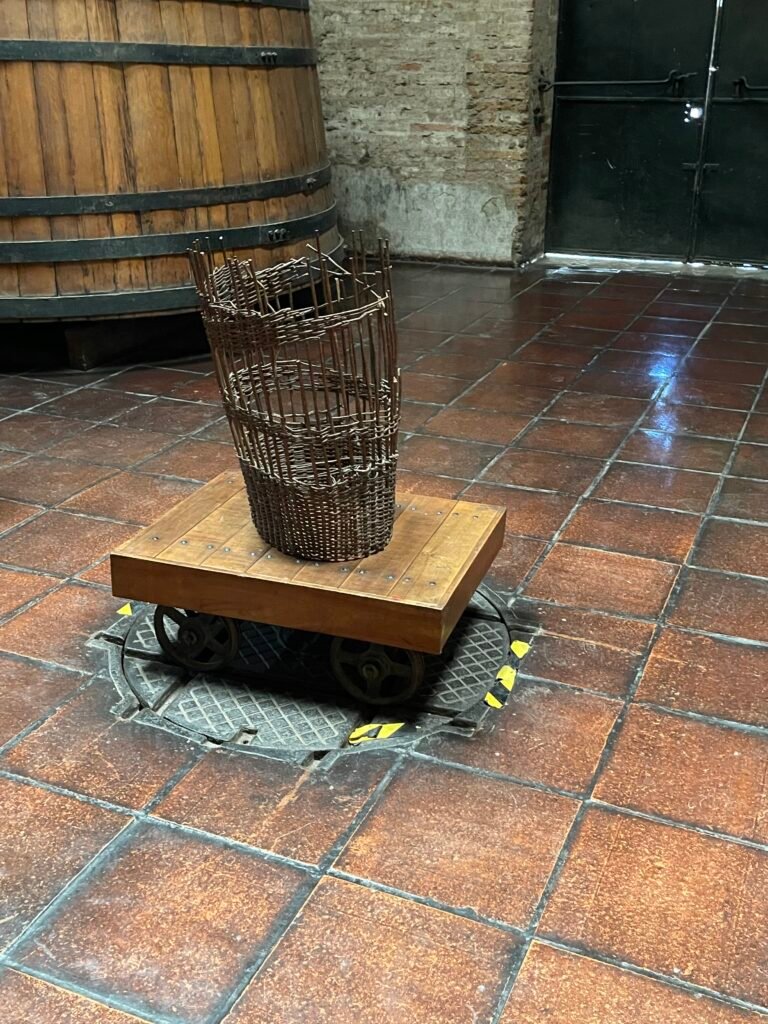
Isodora’s innovative rail design to move the baskets filled with grapes
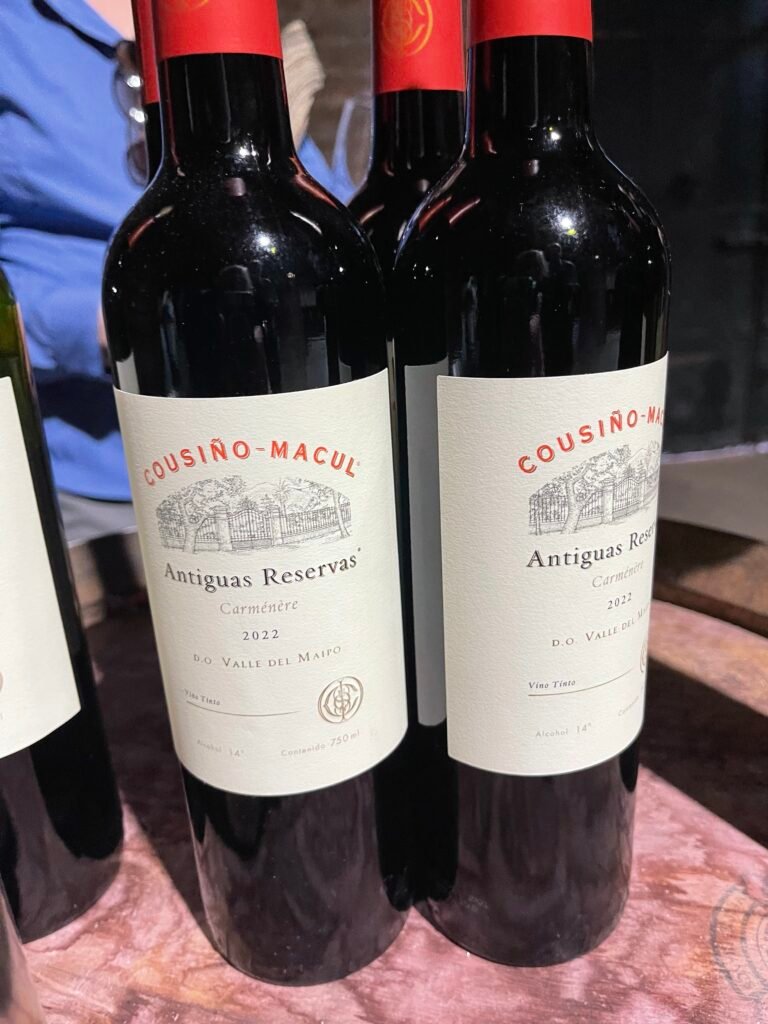
The next wine we tasted
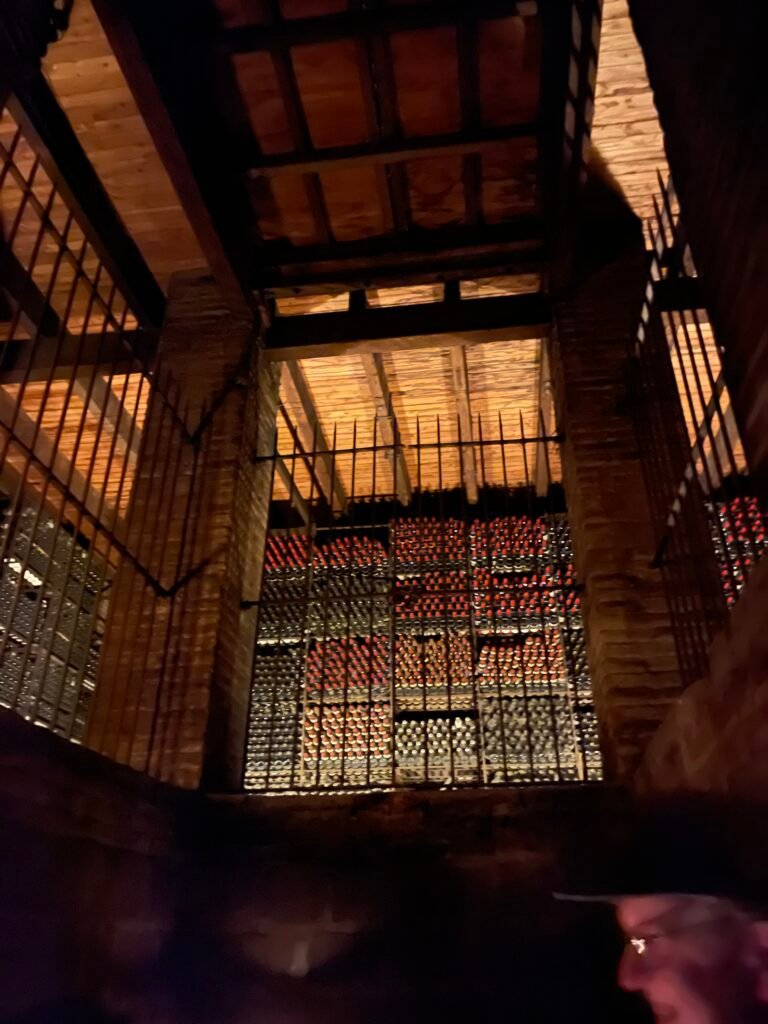
These bottles must be turned periodically… All by hand.
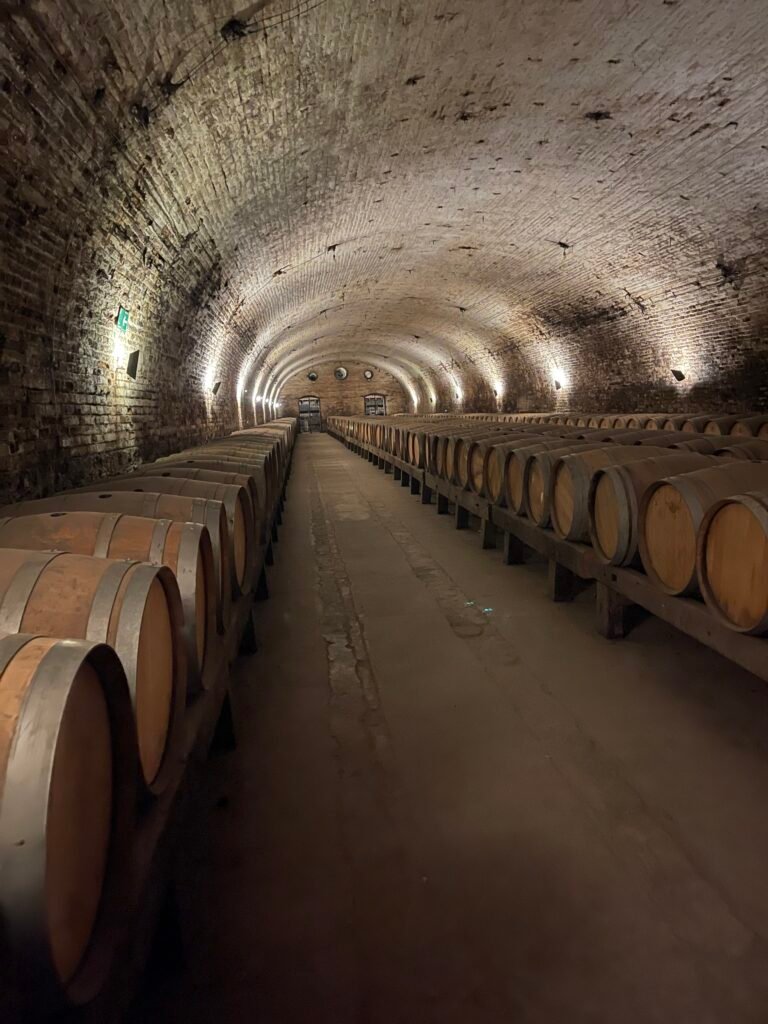
The ruined barrels. You can see the mold on the walls and ceiling
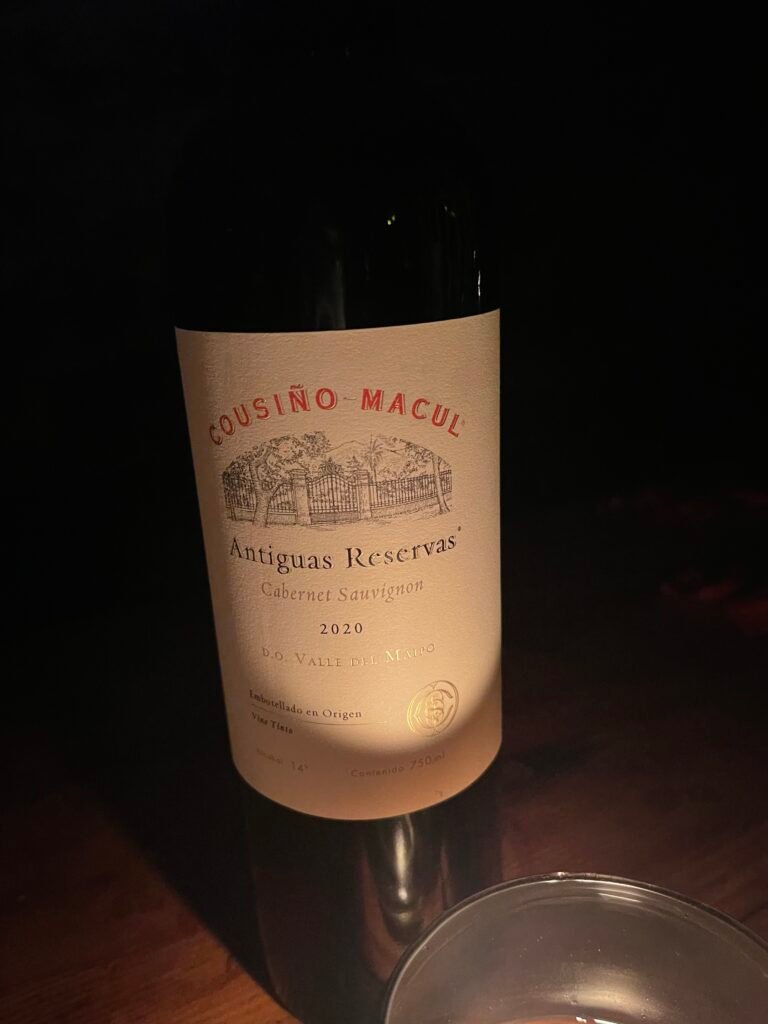
The next wine we tasted
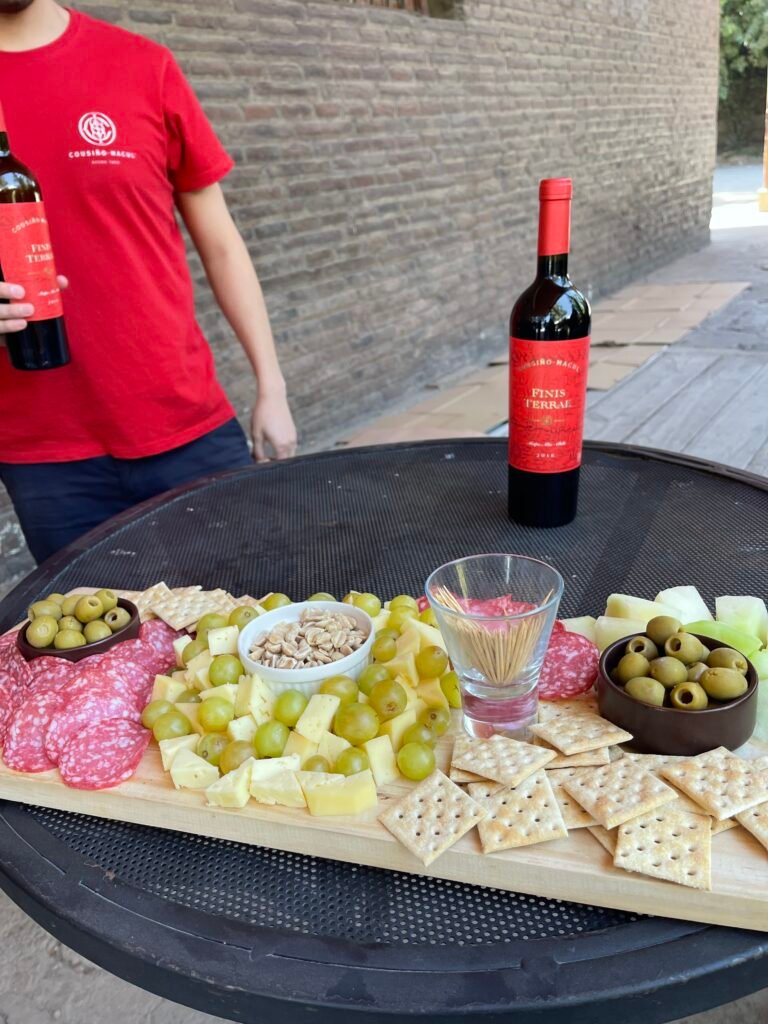
the last wine we tasted which was very nice, along with the charcuterie board. This is the wine Allan and I purchased.
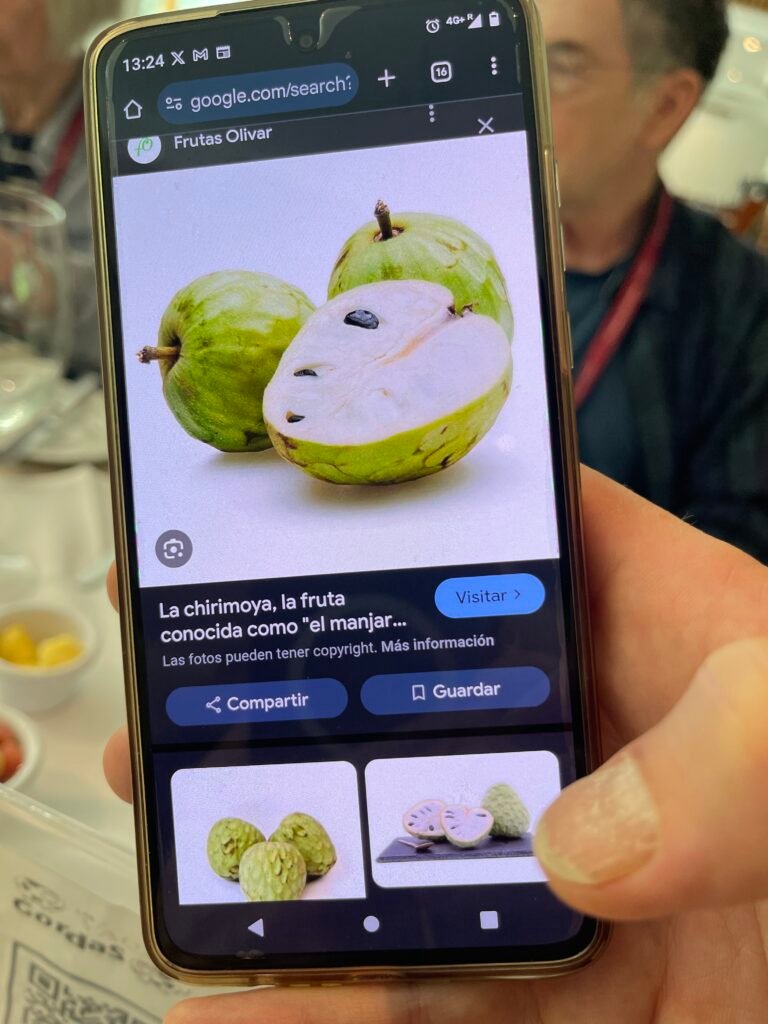
The fruit that Allan’s drink at lunch was made from.
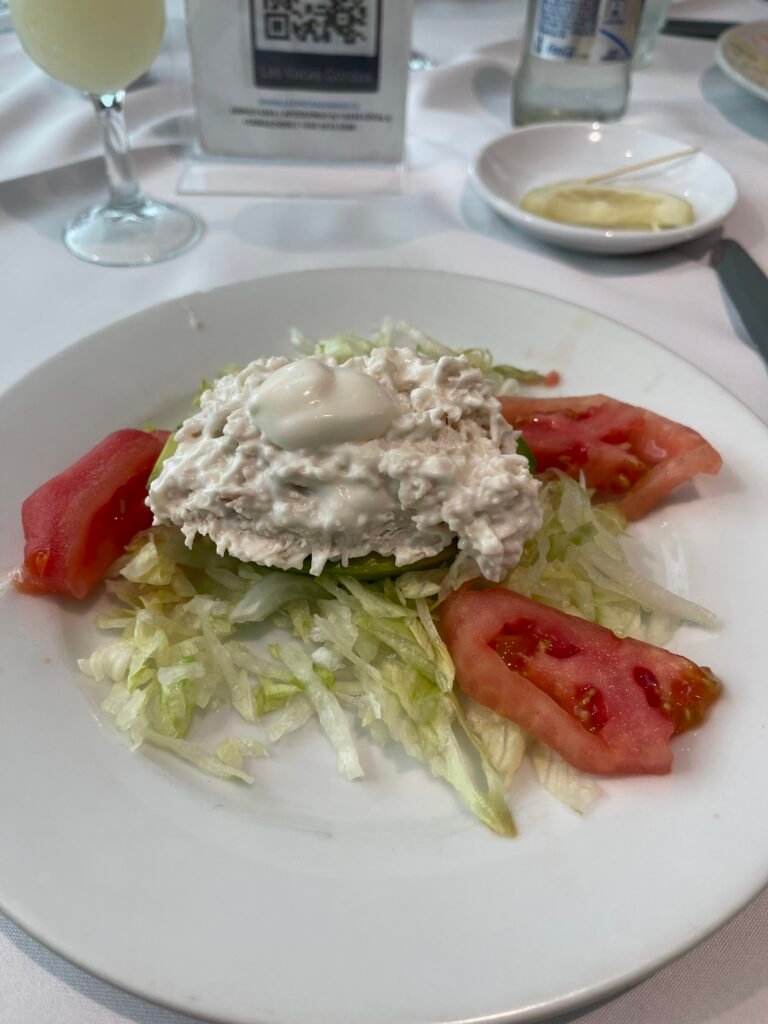
The salad at lunch
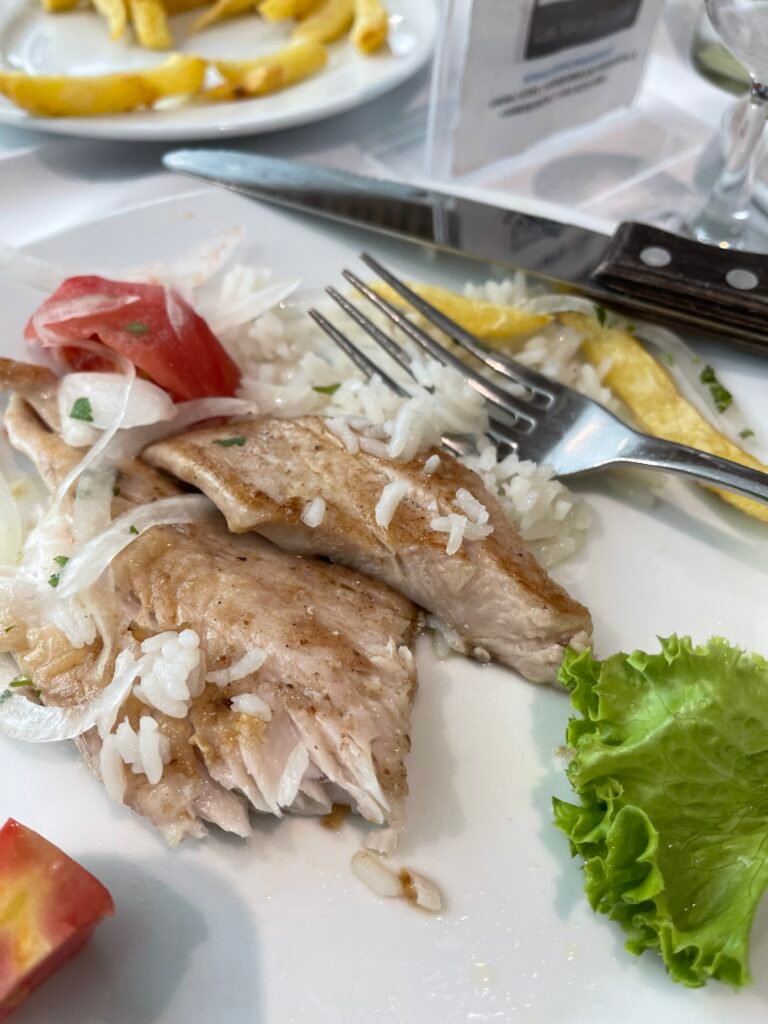
The fish. Delicious!
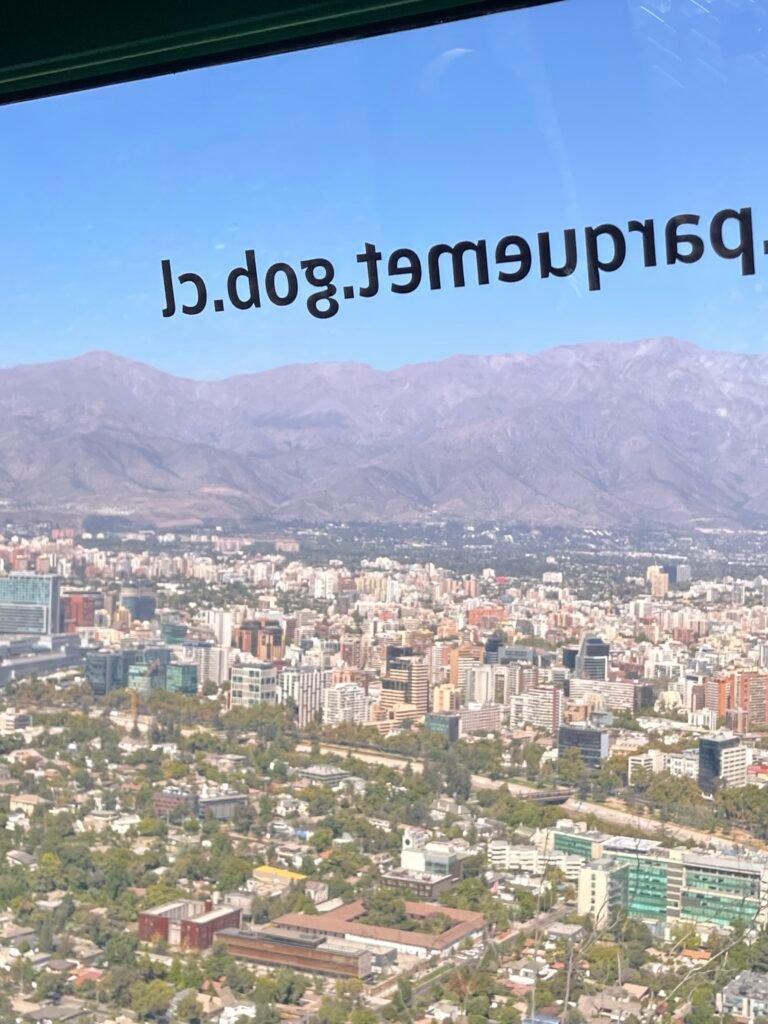
On the cable car. We can see the mountains sans smog.
